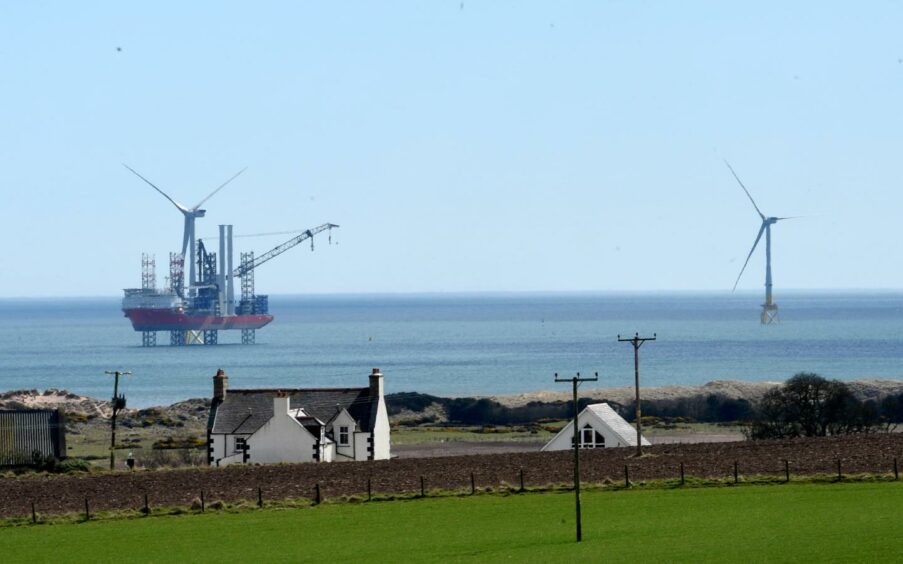
The Scottish Government has set out updated spending plans for the next parliament, promising an increase of more than half a billion pounds of investment to drive down greenhouse gas emissions and build climate resilience.
Published this week, the Resource Spending Review sets out high-level parameters for public spending within future Scottish Budgets up to 2026-27.
In it, the government committed to increased spending on heat in buildings, active travel and peatland and woodland restoration.
It also intends to increase capital programmes by more £500 million over the next three years, in a bid to drive further reductions in reduction in greenhouse gas emissions and “build climate resilience” across Scotland.
The plans will be supported by £660 million in income raised from the recent ScotWind leasing round, the review said.
A total of 17 projects with combined capacity of 25 gigawatts were selected during the round, held in January, raising just shy of £700 million.
The government has earmarked £210m of this as a legacy investment in 2026-27, which it says will help secure “lasting benefit for communities”.
“We will work with [Convention of Scottish Local Authorities] COSLA and local authorities to deliver this legacy investment from ScotWind in a way that directly benefits communities”, the review states.
It follows calls to invest the income raised from the round in a new Sovereign Wealth Fund for Scotland, which would benefit both current and future generations.
In addition, the review outlines plans for £4m of resource spending alongside £150m in capital and finance for the North East and Moray Just Transition Fund – a targeted pot of funding aimed at addressing the transition challenges faced by the workforce and businesses across the region.
Worth a total of £500m over ten years, the first £20m portion of the fund opened to expressions of interest this week.
It also vowed to support next phase of the Green Jobs workforce academy to ensure workers have the skills they need as part of a just transition.
Other energy-related commitments include increased spending of up to £75m per year to deliver the Heat in Building Strategy, which the government says will enable £1.8bn investment towards targets to decarbonise over 1 million homes and 50,000 non-domestic buildings by 2030.
£581m of support will be provided for financial transactions that support the economy, including “exceeding” the £200m per year capital commitment for the Scottish National Investment Bank and “renewed support” for other Scottish enterprise agencies.
The government hopes this strategy will support new inward investment in technologies required to deliver its energy transition ambitions, focusing in particular on “ScotWind and hydrogen, space, and decarbonisation of transport.”
Commenting on the climate spending commitments, Net Zero Secretary Michael Matheson said: “This spending review comes at a critical point in the global challenge to address the climate crisis. Tangible global action is becoming ever more urgent, and Scotland is committed to playing its part with some of the most ambitious, legally binding targets in the world.
“That is why our future spending plans prioritise investment in the package of measures to tackle climate change and deliver a just transition – as set out in our updated Climate Change Plan.
“But, as the Finance Secretary set out earlier this week, the challenging fiscal environment in the coming years means we must redouble our focus on efficiency, structural change and collaboration.
“That is why I am committed to ensuring we maximise every penny of public investment, working collaboratively with the private sector and our communities to accelerate delivery of public policies that will reduce emissions, build resilience to the impacts which are locked in, tackle biodiversity loss and help to create a fairer, greener society.”
Recommended for you
